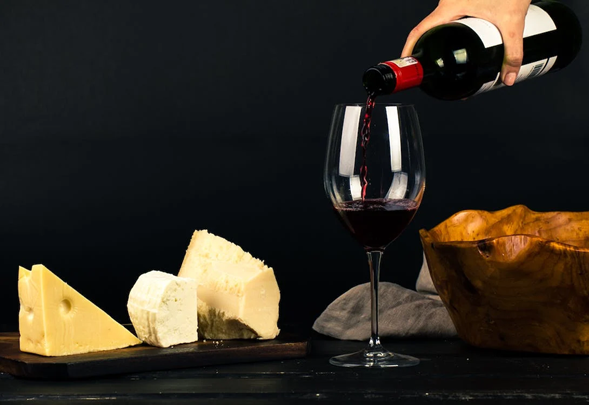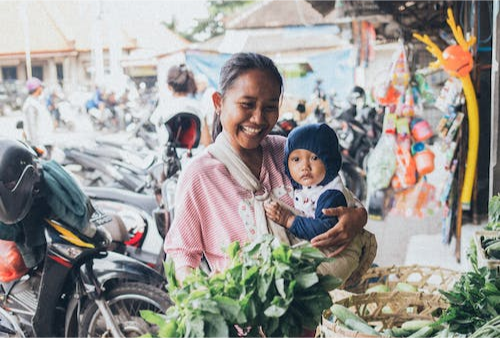Cheese and wine: a French tradition

If we think in French gastronomy, there are two elements that can never be missing from the table: cheese and wine! These are two emblematic products whose preparation is an art. Both products require a process of elaboration and maturation (or fermentation if we are talking about wine) in their respective cellars.
Regarding cheese, the number of bacteria added in its preparation and the time it is left to mature determines the intensity of its flavour, its consistency and even its colour, which is why there is such a wide variety of cheeses. As for wine, the ripeness of the fruit and the time it is left to ferment contribute to the result. Both depend on very specific conditions for their production: in addition to the ingredients, temperature, humidity, exposure to light, etc. are also considered.
Cheese
Whereas in Mexico between 20 and 40 different types of cheese are consumed, 14 of which are native to our country (according to the Mexican Institute of Industrial Property – IMPI), in France there are almost 400 types of cheese, which is why it is said that the French could eat a different cheese every day, 365 days a year! Among the most famous French cheeses are Reblochon, Roquefort, Camembert, Comté, among others.
At lunchtime in France, it is a tradition to place a small plate of different types of cheese on the plate as a starter or as an accompaniment to the meal. They are also eaten at Apéro, or aperitif, time. This is a time of the day, usually in the afternoon, after work, when family or friends get together and enjoy this type of snack among others. A plate or a board with cheeses, accompanied by slices of bread and cold meats such as pepperoni, ham, etc. is placed on the plate.
Wine
Wine has been part of French gastronomy since the time of the Roman Empire. Many of the techniques used in winemaking all over the world, including Mexico, have their origins in France. Among the most famous wine varieties are Cabernet Sauvignon, Chardonnay, Merlot, Sauvignon Blanc, Pinot Noir, among others. The AOC (Appellation d’origine contrôlée – Controlled Designation of Origin) recognises at least 470 different wines of French origin.
In Mexico, we are used to accompany food at mealtimes with flavoured water. In France, at lunchtime or during dinner, it is customary to consume food with natural water, so that the flavour of the food is better appreciated, or with a glass of wine.




